Solar Panels – how many?
I see a lot of questions come up about “how much solar do I need to charge my batteries”? Whilst the general consensus is double you battery AH in Watts (so a 100AH battery ideally has a 200w solar panel, 400AH of batteries should have around 800w of solar), there are or course many other factors to consider.
Using our setup as an example, we are running 280AH of lithium batteries and I have 510w of solar panels, so a little below the rule of thumb. One 150w fixed to the roof and two separate portable panels (200w and 160w) so I can point them to follow the sun. In an ideal world (mid day when the sun is closest to us, all panels are spotless, very little mist or particles in the air and very close to the equator), these should put out 510 watts. For a 13.5v charge rate that equates to just over 37 amps. I only have a 30 amp controller so the most I could ever see is 30 amps and we did see this consistently when in Darwin in late 2022 with the SmartSolar system reporting around 410w (410w / 13.5v = 30 amps). However, I am currently on the southern half of the WA coast (about 300km north of Perth), the day is crystal clear and its mid March. At the peak of the day I just reached 313 watts, giving me 22amps going toward the batteries. So I have lost 200 watts in just being away from the summer and further south.

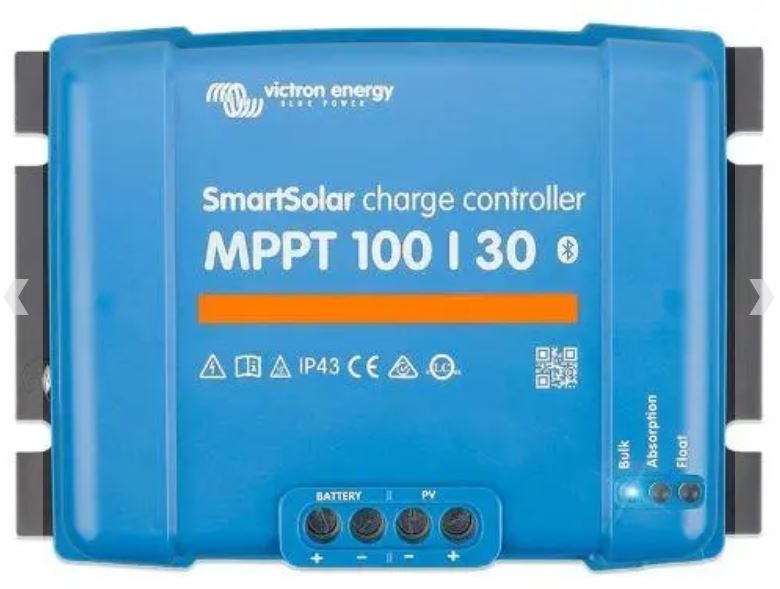
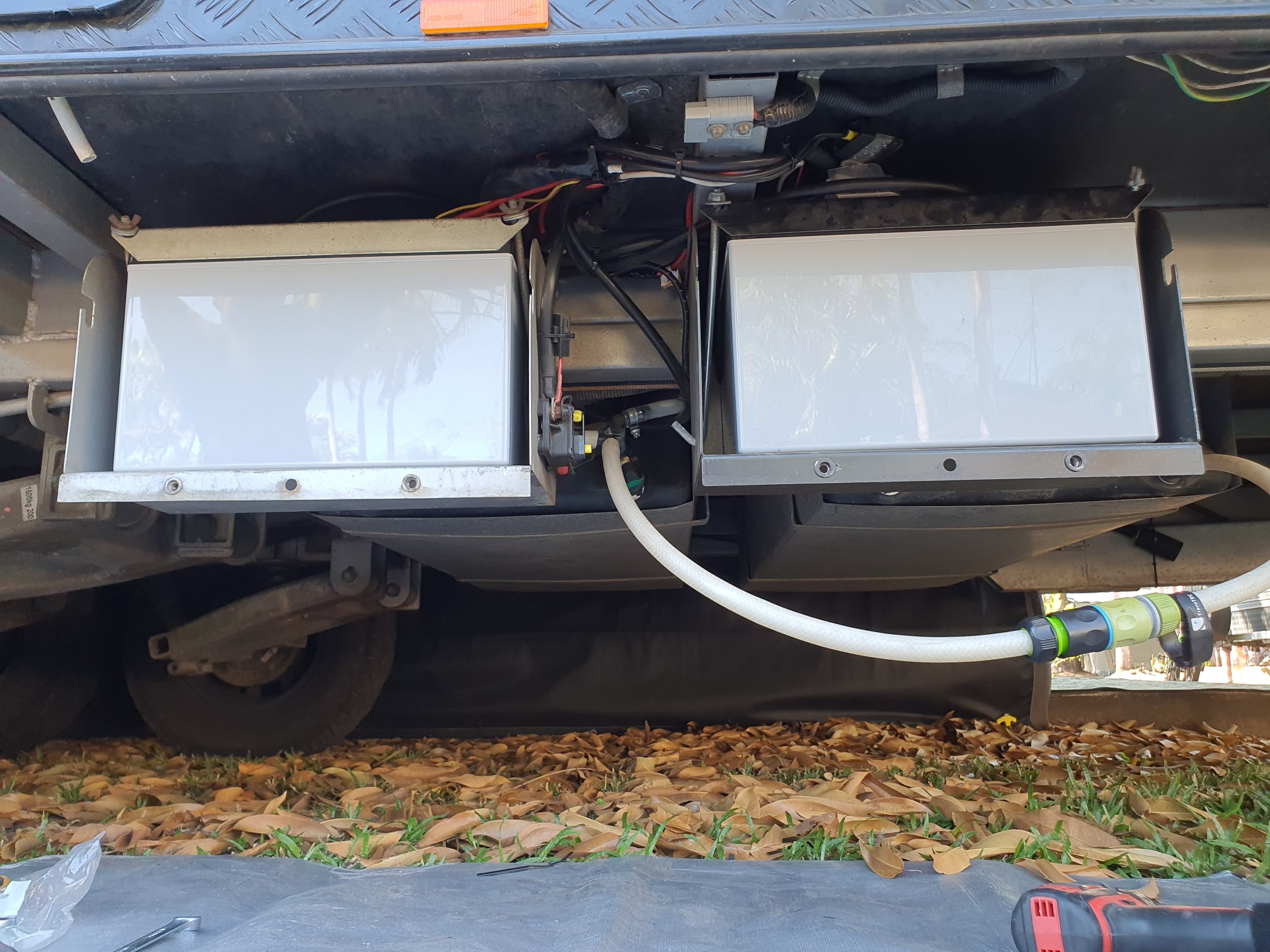
Ok, so I still have 22 amps going into my batteries, I should be happy right? I am using around 20% of my batteries over night (Lights, TV, portable fridge/freezer, Starlink internet etc), so needing around 50AH to be fed back into the batteries during the day. Solar input at this location and time ramps up to 22amps by around 10am, reasonably constant to about 3.30pm then ramping back down – this is a no brainer and should be full again by Lunchtime. Perfect, and it sometimes works that way…
However… We also work 3 days a week, my old gaming laptop (a dinosaur that needs updating) pulls around 9 amps whilst charging then only runs for about 3 hours on battery, Catherine’s Laptop around 8 amps while charging for a total of 17 amps. The inverter itself uses about 1.5 amps, Starlink about 3.5 amps, portable Fridge/Freezer averages about 3amps, plus phones charging etc. You can see we are now well over the 22 amps coming in (around 25amps when both laptops charging). So I have nothing going into the batteries as all the power being generated is being used by running equipment, plus still draining another few amps from the batteries. Then we run the coffee machine at 140 amps for a couple of minutes etc and we are going backwards, not forwards. Of course the laptops are not charging all day, coffee machine only runs a couple of minutes, so the net effect at the moment is averaging around 7% a day.
So the bottom line of this post was not to say don’t do it, but to say you need to look at your entire situation, what you will be running during the day when charging with solar, how much you will be draining the batteries at night when they are not charging, where you panels are mounted (how efficient will they be) and how much you really need. For us, I can see we need a second 30 amp charger and double the solar to keep us going whilst working.
And that’s of course only if its sunny… If we get a few days of cloud, we would need a generator running most of the day to get any charge into the batteries! (Kings have their 2000 watt inverter petrol generator on special for $398 at the moment..)
Just some food for thought!
UPDATE
Its a month later, we have moved north a little (just below Carnarvon at Woomeral off grid) but the sun is loosing more of its strength. Where we were previous peaking around 310w for half the day, we are now peaking around 280w for half the day (dropping from around 2.1KW per day to around 1.6KW per day). So with our work day routine not changing, we are now loosing around 10% of the battery capacity per day. On that pattern we are only safe for around a week allowing for the odd bit of cloud. Considering we are planning to do some free camping in Tasmania, we need to look at options like more solar (at least double if not more, ie around 1000w), or most likely a generator (I may have just bought generator within an hour of updating this post… Just a cheapie Kings 2kva on special for $389, even cheaper than when I last mentioned it! Enough to charge the batts at 30amps, or run the aircon and power other devices while solar used only for charging)
So now you have all the panels you need, where do you point them for optimum power? At the sun of course! Sun rises in the east(ish) and sets in the west(ish). But for this if us not sure on where that is, or want to get the panels pointing spot on for the best we can get, there is a fantastic little program I found called Sun Position Demo for Android (not sure if there is an iOS version).
When set up correctly, you point it toward the horizon and it superimposes the sun 🌞 and/or the moon 🌚 over the camera view. It show the arc it will take and the position every hour of the day so you know where to aim your panels.
I have just moved mine to face the morning sun, aiming them at about the 8am position so it’s good for dawn to about 10. Then I move them to the 12mid day position to cover from 10 til 2pm, then to the 4pm position for the afternoon. If you are real keen you could move them every hour to half an hour ahead of ‘now’. This is what the screen looked like just now: (you can see it’s pretty close for the moon position)
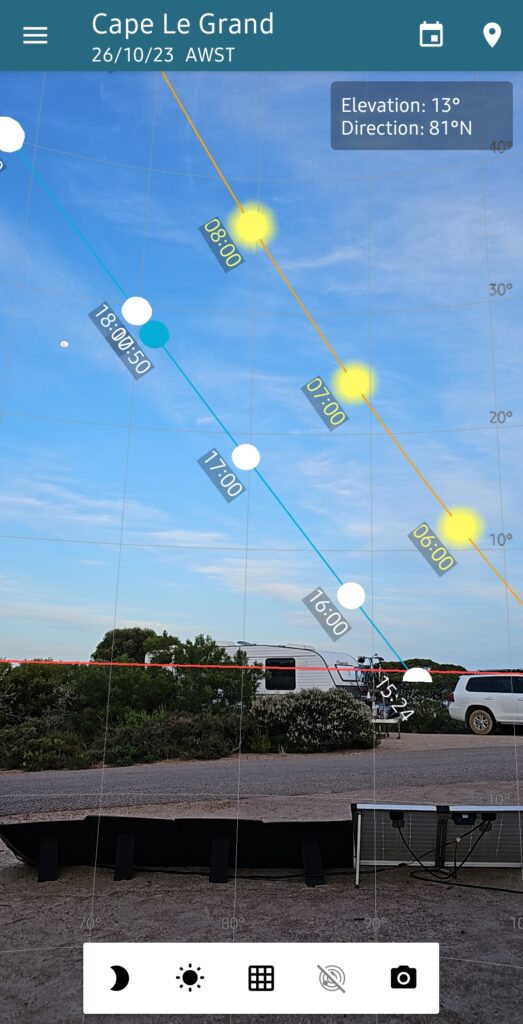
Update to the Update.. Noticed Solar power getting lower and lower, then one day saw the Hardkorr 200w had one panel in the shade, so I went out and moved it. Only to discover no change to the output! Hmm.. I then went out and stood over one panel putting it into the shade, no change, moved to the next panel, drops 10w, move to the next panel, no change, move to the last panel, drops 10 w. I then unplugged the panel and yep, solar production dropped 20w. I did some videos of the testing and sent an email to Hardkorr – within a couple of hours I had a reply asking where to send the replacement. Can not speak high enough of their service and warranty procedures. Hardkorr sent the replacement panel to a distributor in Port Lincoln (Port Lincold 4WD – another great bunch of people) and when we arrived there a week later we swapped them over. Tested the replacement and at 5:30pm in Port Lincoln (southern end of South Australia for any geographically challenged like me) in early November I was getting 150w from the 200w panel. Perfect.


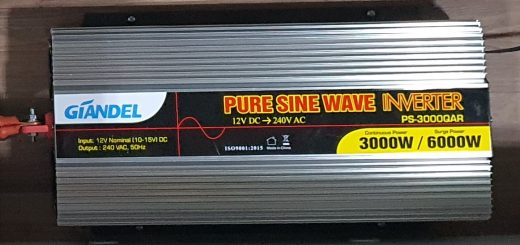
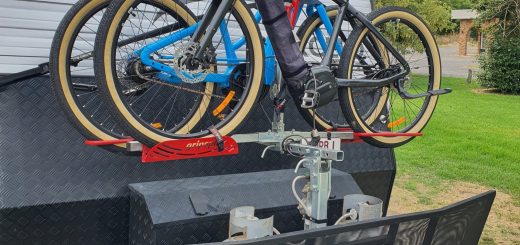
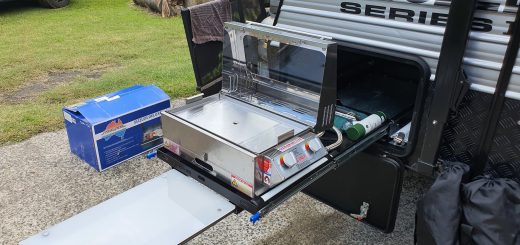
Recent Comments